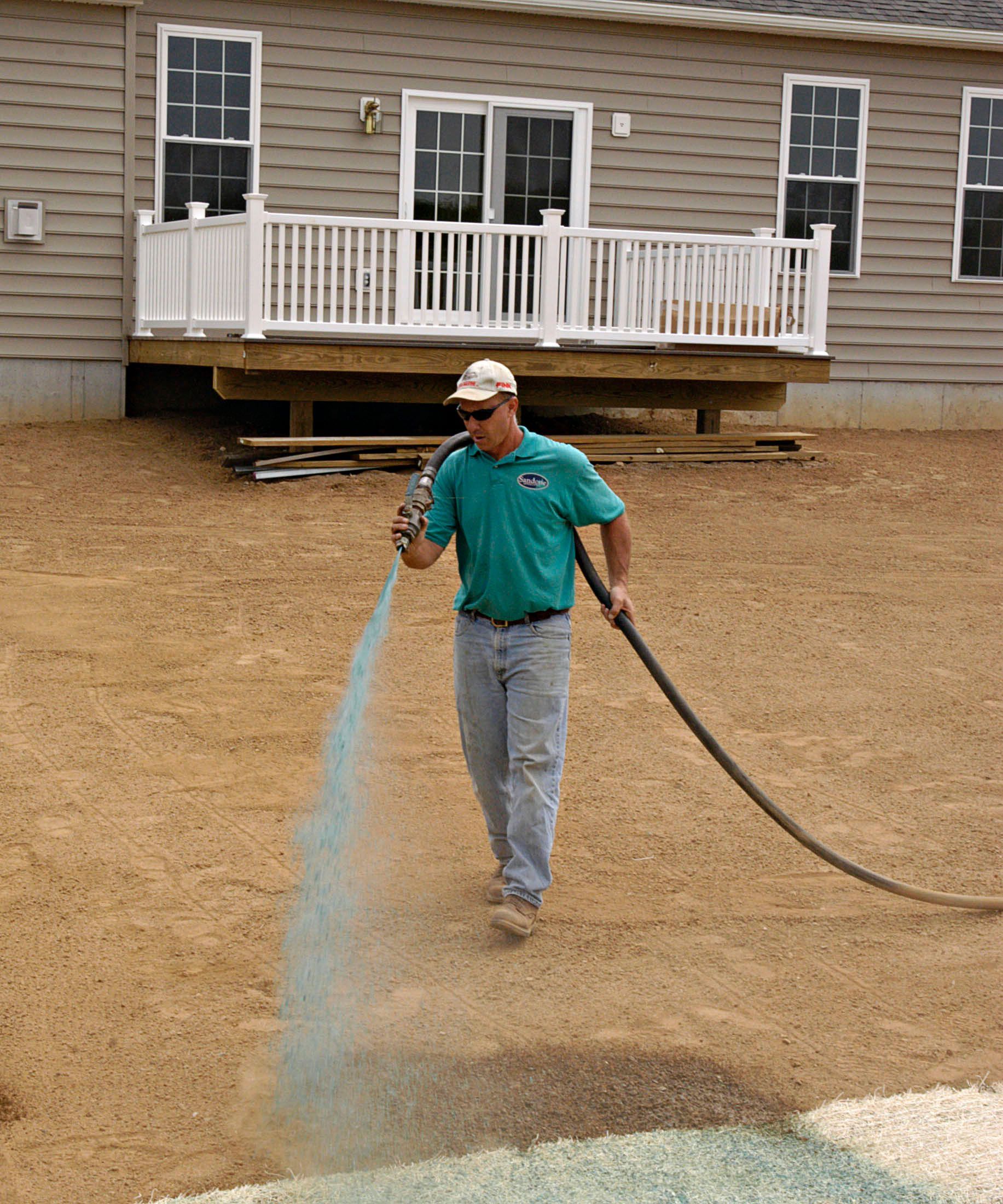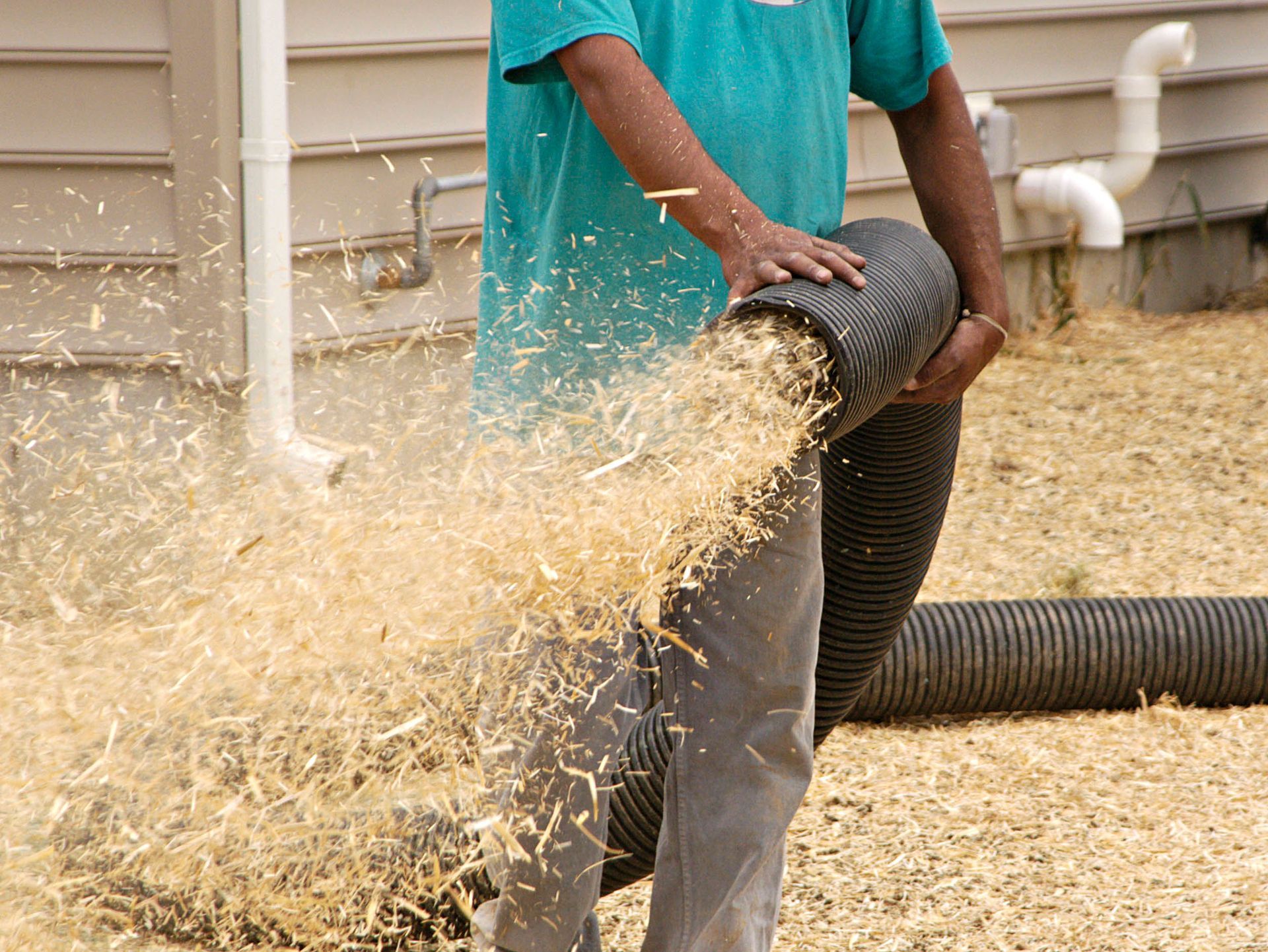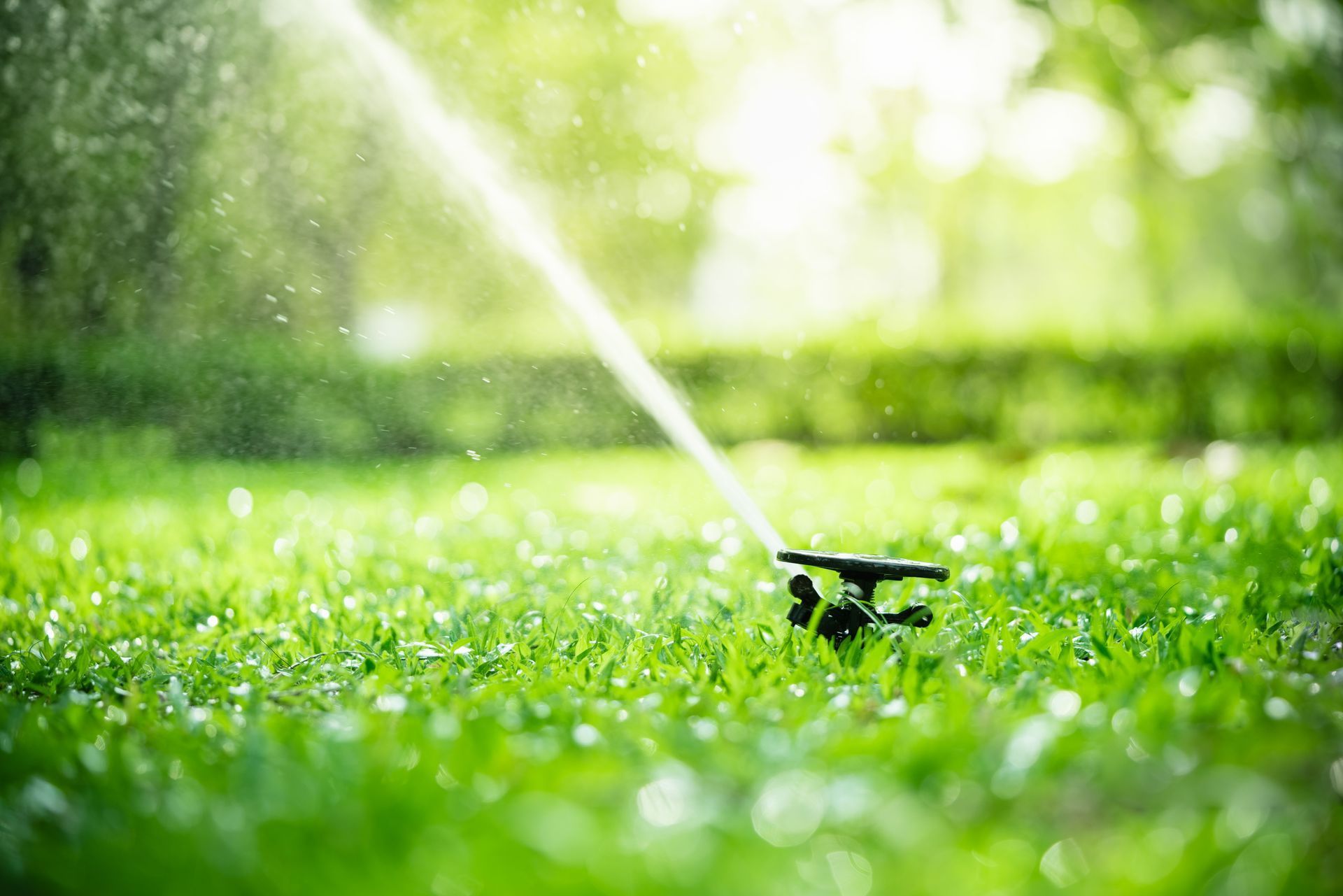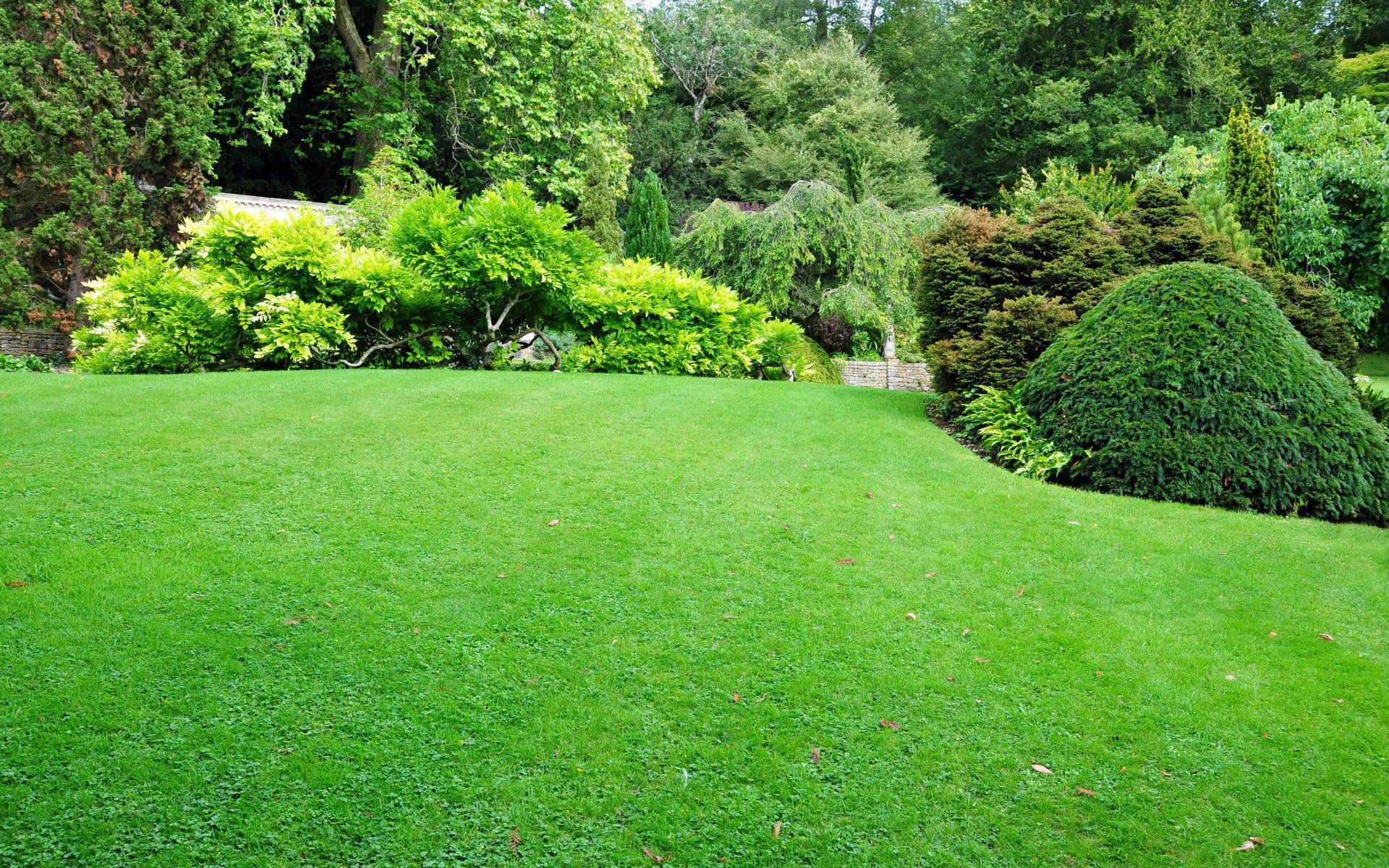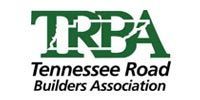November 14, 2025
Sloped landscapes can be visually stunning, but they present unique challenges when it comes to maintaining soil stability. Without sufficient vegetation, slopes are particularly prone to erosion caused by rainfall, runoff, and wind. Soil loss can lead to property damage, sedimentation in nearby waterways, and destabilized terrain. Hydroseeding is a practical and efficient solution to address these challenges, especially when implemented by a professional hydroseeding company. By combining seeds, mulch, and fertilizers into a protective slurry, hydroseeding encourages rapid vegetation growth that anchors soil and prevents erosion. In this article, we explore how hydroseeding works, why it is effective on slopes, and the advantages of relying on a hydroseeding contractor to safeguard your landscape.
Understanding Slope Erosion and Its Consequences
Soil erosion on slopes occurs when natural elements remove topsoil faster than plants can regenerate it. Steep terrain is particularly vulnerable because gravity accelerates the movement of water and sediment downhill. Heavy rainfall can dislodge soil particles, creating channels and gullies, while wind can strip away exposed soil. Over time, these processes reduce soil fertility, damage vegetation, and threaten nearby structures.
Managing slope erosion is critical, not only to preserve landscape aesthetics but also to protect property and prevent environmental degradation. Hydroseeding offers a preventive approach by establishing vegetation quickly, which naturally binds the soil and reduces the impact of erosive forces. By stabilizing the soil early, hydroseeding helps minimize sediment runoff and supports healthier surrounding ecosystems.
Evaluating Why Hydroseeding Works on Slopes
Hydroseeding is particularly effective for slope stabilization because it provides comprehensive soil coverage and promotes rapid vegetation growth. A hydroseeding company applies a slurry mixture that includes seed, mulch, fertilizer, and water directly onto the soil. This method offers several benefits:
- Even Coverage: The slurry conforms to uneven or steep terrain, ensuring seeds are applied uniformly, even on difficult-to-reach slopes. This uniform application helps prevent bare spots where erosion could take hold.
- Erosion Protection: The mulch in the mixture acts as a protective layer that reduces the force of rainfall on the soil surface, slowing runoff and preventing soil displacement. Over time, this protective layer allows seedlings to develop without being washed away.
- Rapid Vegetation Establishment: Once the seeds germinate, their roots anchor the soil, creating long-term stabilization. As the plants grow, they form a dense network that further secures the slope against erosion.
Unlike traditional seeding or sod placement, hydroseeding provides an efficient and cost-effective solution for slopes that are prone to erosion, especially those that are newly landscaped or disturbed by construction.
Choosing the Right Seed Mix and Preparing Soil
One of the most important steps in successful slope stabilization is selecting the appropriate seed mix and preparing the soil correctly. A hydroseeding contractor evaluates the slope’s soil type, drainage, and exposure to determine which grass or plant varieties will thrive. Soil pH is an essential consideration, as most grasses grow best in soils with a pH between 6.5 and 7, according to This Old House. By assessing these conditions, the company can ensure seeds have the best possible environment to establish quickly.
Proper soil preparation often includes clearing debris, leveling uneven areas, and sometimes applying tackifiers or bonding agents to help hold the seed and mulch in place. This step is particularly important on steeper slopes, where runoff could wash away seeds before they take root.
Applying Hydroseeding on the Slope
After soil preparation and seed selection, a hydroseeding company begins the application process. The steps typically involve:
- Surface Preparation: Clearing rocks, debris, and loose soil to create a stable foundation.
- Slurry Application: Spraying a mixture of seeds, mulch, fertilizer, and water across the slope. On steep terrain, specialized equipment ensures even coverage, even in hard-to-reach areas.
- Mulch Protection: The mulch layer retains moisture, regulates soil temperature, and prevents seeds from washing away during rain events.
- Immediate Care: Watering recommendations and erosion monitoring ensure that seedlings receive adequate moisture to germinate and establish.
Professional hydroseeding companies can execute these steps efficiently, reducing the window in which the soil remains exposed and vulnerable to erosion. This timely application not only protects the slope immediately but also encourages faster vegetation growth for long-term stability.
Monitoring and Maintaining Vegetation for Long-Term Stability
Successful slope stabilization does not end with the initial hydroseeding application. Continuous monitoring and maintenance are key to ensuring long-term soil protection. Vegetation should be observed for uniform germination, and bare patches may require overseeding. Proper watering and drainage management help maintain healthy growth, while controlling invasive species ensures that the desired plant coverage remains intact.
Once the vegetation is established, the slope benefits from natural stabilization. The root systems bind the soil, while foliage intercepts rainfall and reduces runoff velocity. By engaging a hydroseeding company, property owners gain guidance on maintenance practices that maximize the lifespan and effectiveness of the slope stabilization efforts. Consistent care during the early growth stages ensures a dense, healthy cover that can withstand seasonal weather variations.
Benefits of Hiring a Hydroseeding Company for Slope Projects
Relying on a hydroseeding company offers several distinct advantages:
- Expertise: Professionals understand slope dynamics, soil conditions, and vegetation requirements to ensure successful application.
- Efficiency: Hydroseeding can cover large areas quickly, reducing the time soil remains exposed to erosion.
- Cost-Effectiveness: Compared to traditional sod installation or repeated hand-seeding, hydroseeding reduces labor costs and accelerates plant establishment.
- Uniform Coverage: The slurry application ensures even seed distribution, even on uneven or steep terrain.
- Long-Term Results: Properly established vegetation provides lasting soil stabilization, reducing the need for ongoing interventions.
- Environmental Compliance: Rapid slope stabilization prevents sediment runoff into waterways, supporting environmental protection goals.
By hiring a professional hydroseeding company, property owners can achieve both immediate and lasting benefits, making slope management more predictable and effective.
Addressing Common Challenges in Slope Hydroseeding
While hydroseeding is highly effective, slopes present unique challenges that require expertise:
- Steep or Irregular Slopes: Very steep areas may need additional erosion control measures, such as erosion blankets or geotextiles.
- Poor Soil Quality: Low fertility or compacted soils may require amendments to support successful seed germination.
- Limited Water Access: Irrigation on slopes can be challenging; professional guidance ensures seedlings receive adequate moisture.
- Weather Considerations: Seed germination is sensitive to timing, rainfall, and temperature, making professional scheduling important.
- Maintenance Requirements: Monitoring growth and addressing bare patches or erosion issues is critical for long-term success.
Skilled hydroseeding companies anticipate these challenges and implement solutions that increase the likelihood of successful slope stabilization. Regular monitoring and timely adjustments help ensure that the vegetation establishes evenly and that erosion risks remain minimal.
Sloped landscapes are naturally vulnerable to soil erosion, but effective management strategies can prevent costly damage and environmental impact. Hydroseeding is a reliable solution that provides rapid vegetation establishment and long-term soil stabilization. By combining seed, mulch, and nutrients in a protective slurry, hydroseeding not only encourages healthy plant growth but also reduces erosion from rainfall and runoff.
Partnering with a professional hydroseeding contractor ensures the right seed mix, proper soil preparation, and expert application, along with ongoing guidance for maintenance. This comprehensive approach transforms vulnerable slopes into stable, thriving landscapes that retain soil, support plant growth, and protect the surrounding environment. For anyone facing slope erosion challenges, engaging a hydroseeding company represents a practical, efficient, and sustainable solution. If you're looking for a reputable hydroseeding company, contact Stephens Seed and Supply, Inc today.
